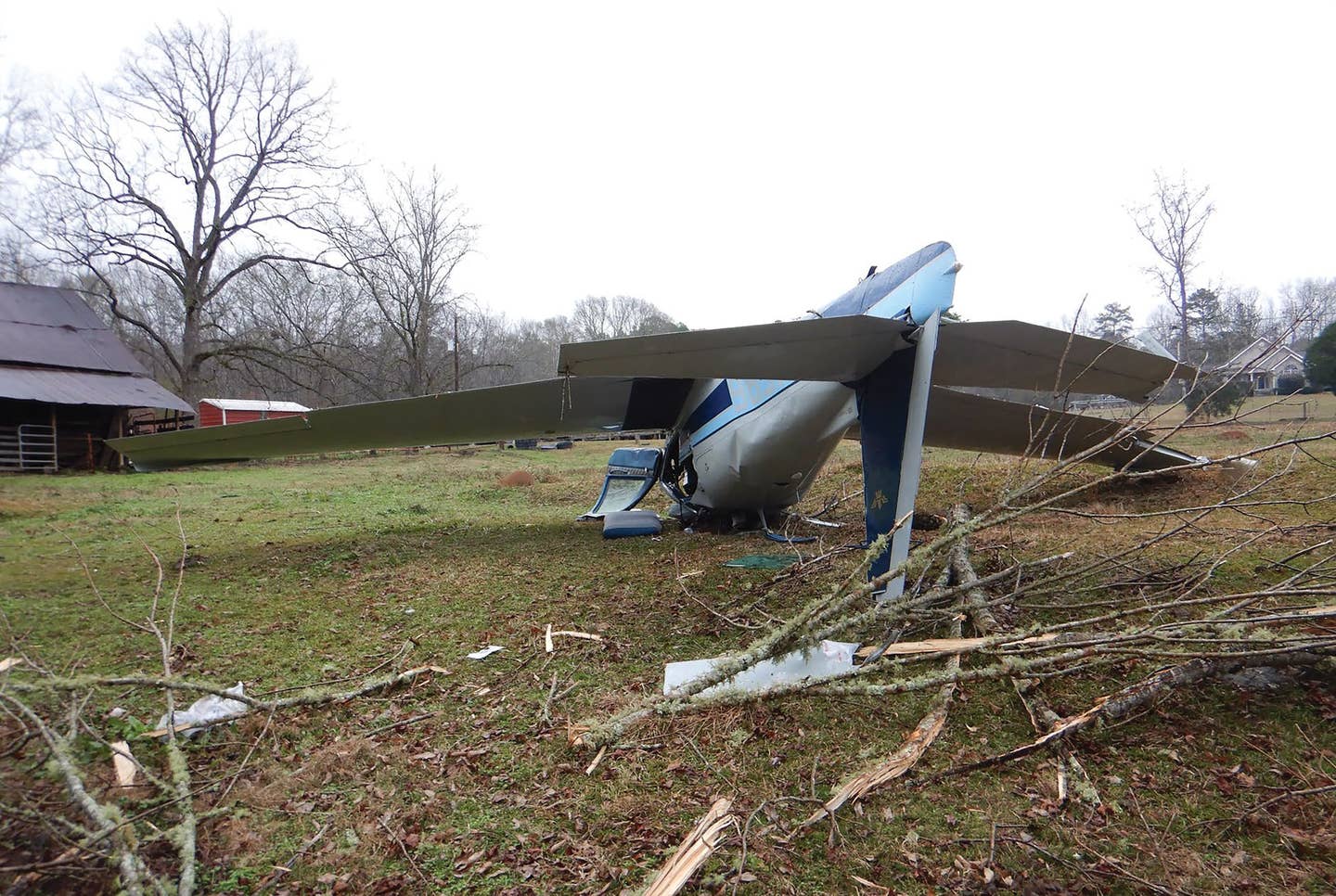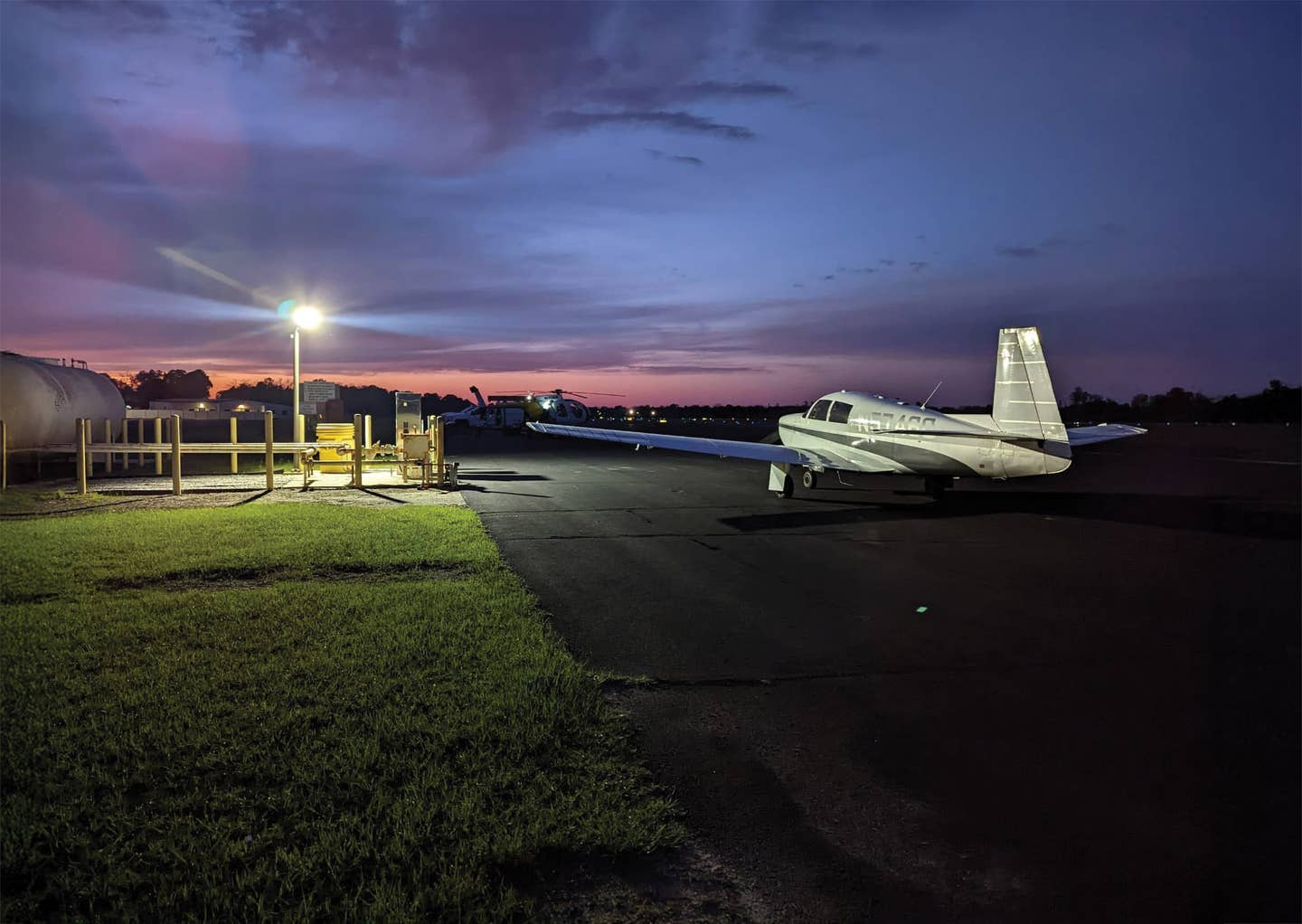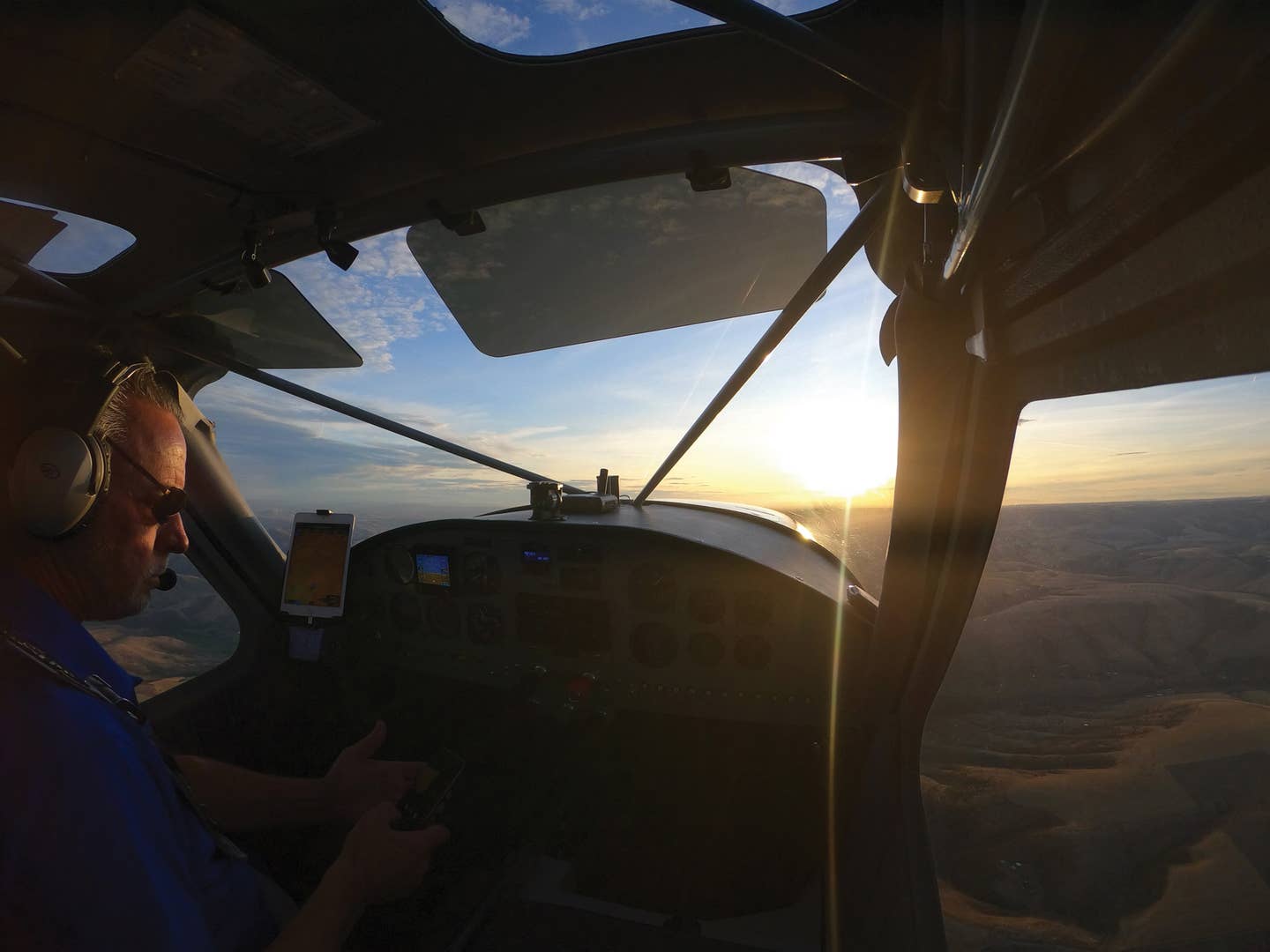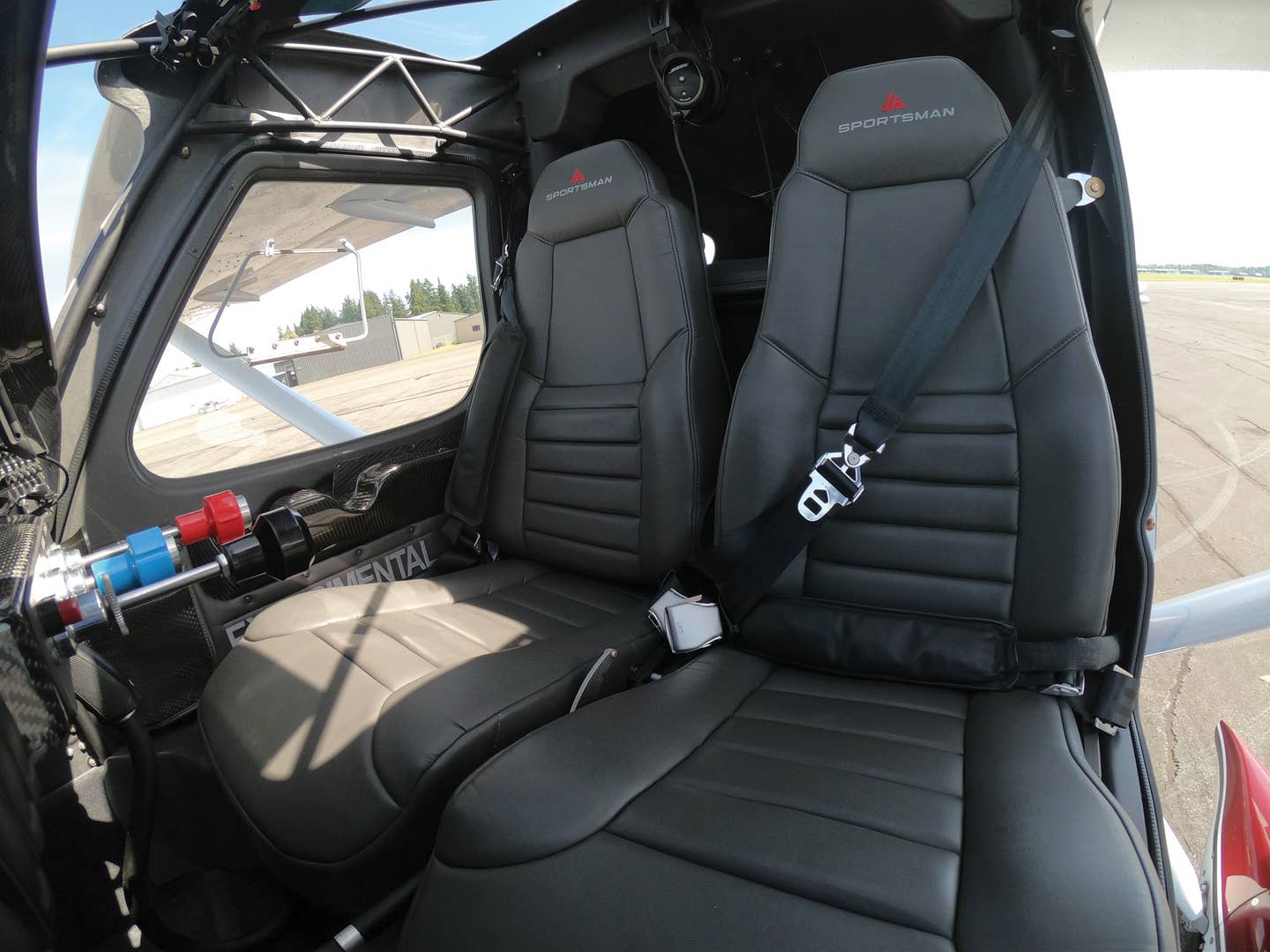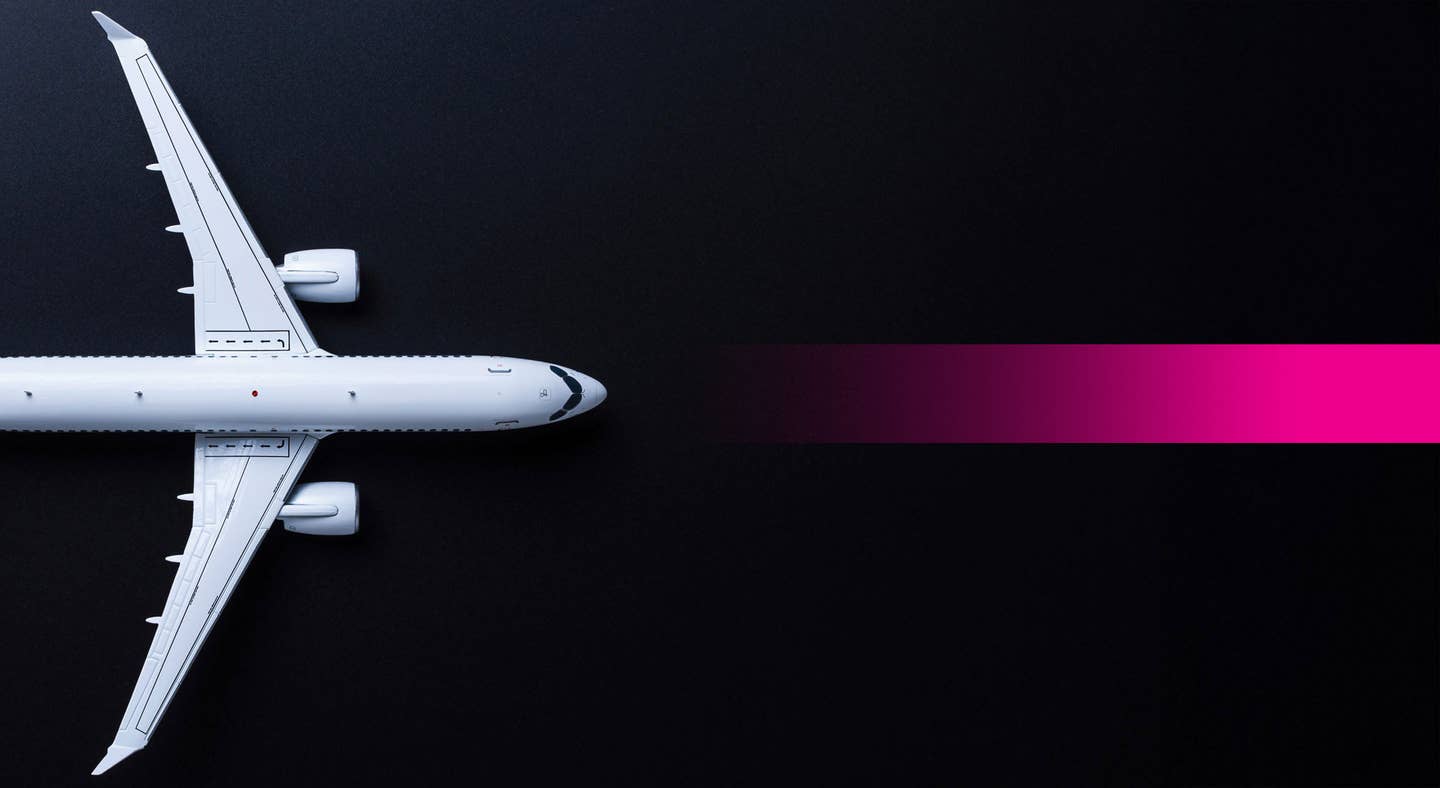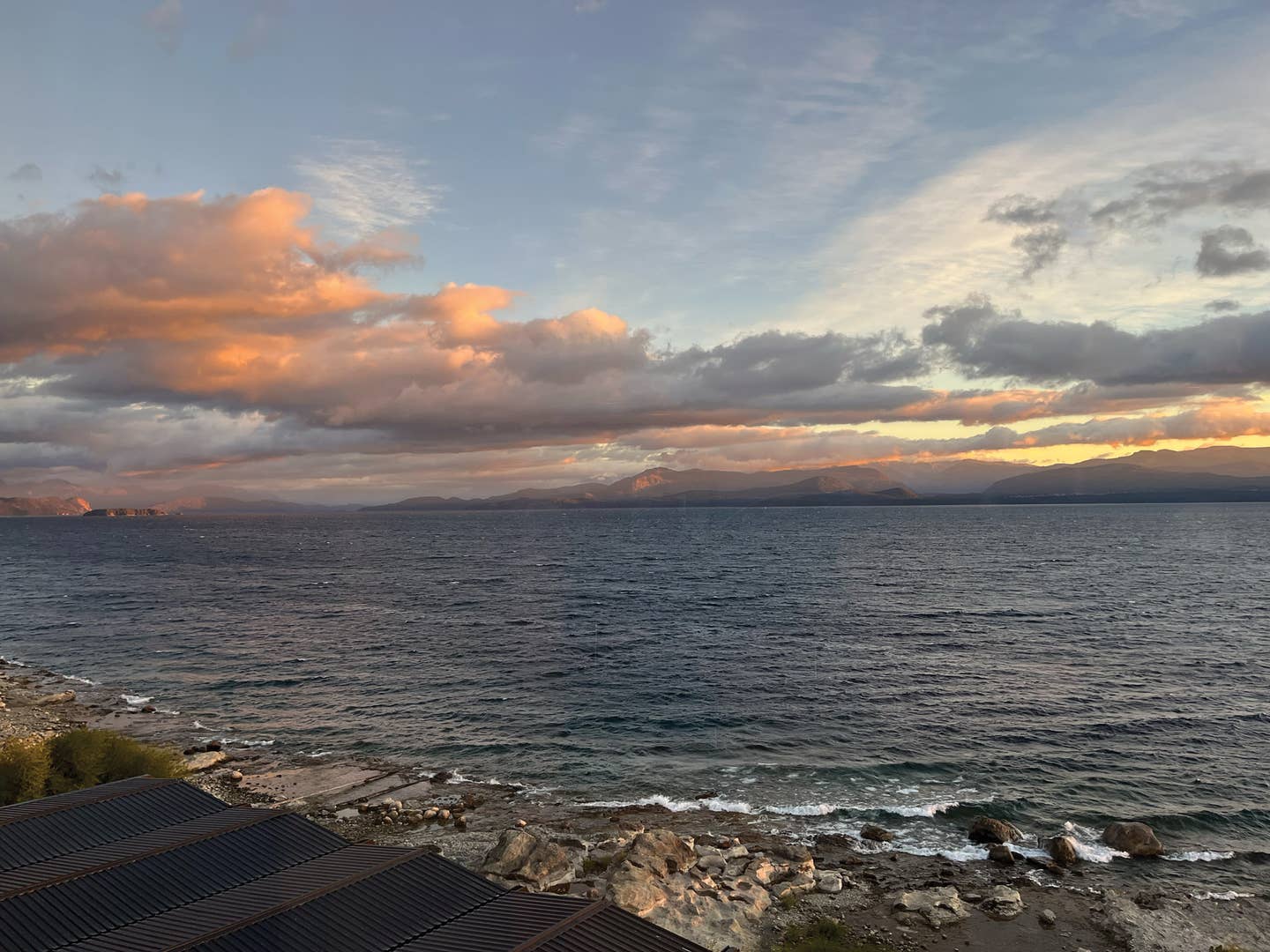Remembering the LoPresti Fury
The fast piston single was an aerodynamic work of art. It deserves a better fate than to be forgotten.
One of the great joys of this job used to be the opportunity to fly a little of everything. Though I don't have that many hours or ratings, I do have nine logbooks crammed with hours and notes on flying over 310 types of aircraft in the last 50 years.
I know that credential isn't anything special, hardly a match for my friend Barry Schiff, retired from TWA and still a contributor to several aviation magazines. Barry is up around 330 types, and many of his types are far more impressive than mine. I'd bet there aren't many pilots who could beat his type tally.
Inevitably, I've been allowed to fly a few special-edition, one-of-a-kind prototypes and other airplanes that never made it into production for various reasons. Most often, the FAA's horribly inconsistent and financially crippling certification process was just too much for many prospective manufacturers.
One design that stands spinner to tail cone above the rest as a should-have-been-but-wasn't is the LoPresti Fury.
Subscribe to Plane & Pilot for industry news, reviews and much more!
Roy LoPresti was the smartest man I ever knew in the aircraft design business. His credentials date back to the early ’60s, when he worked for Grumman, assisting in the design of the Apollo moon lander, later known as the Eagle. In other words, Roy truly WAS a rocket scientist.
LoPresti led the team at Grumman that upgraded the Traveller to the Cheetah and Tiger. Then he moved to Mooney where he made a dozen aerodynamic improvements to the M20F Executive to foster the 169 knot 201 and, later, the turbocharged 231 and the intercooled 252.
Beech hired him to help achieve FAA certification of the futuristic Starship, and Roy joined Piper Aircraft in Vero Beach, Florida, during the 1980s to establish LoPresti-Piper Engineering.
The first product of LoPresti-Piper was planned to be the Fury. The airplane was loosely based on the Globe Swift of the late ’40s, very loosely. As I wrote in this magazine back in April 2000, "There's about as much similarity between the original Swift and LoPresti's Fury as there is between a VW Karmann Ghia and a Ferrari 308GT (though both have bodies designed by Pinan Farina)."
The Fury had been upgraded in every area; granted a wider cockpit and semi-bubble canopy, a significantly modified airfoil with larger ailerons, 200 hp in place of the stock Swift's 125 hp, a redesigned cowling with a huge cowl flap for climb, and dozens of other features that improve every aspect of the airplane.
Coincidentally, way back when, Roy and I both owned Globe Swifts, perky little taildraggers introduced in 1946 and designed aesthetically reminiscent of WWII low-wing military fighters. We both loved our Swifts, but Roy took his love several steps farther. He redesigned the entire airplane, capitalizing on the Swift's strong points and correcting its many deficiencies. I waxed mine on weekends.
Many years later, Roy took his then-new Fury to its first public appearance at the 1988 Lakeland Sun ’n Fun airshow and scored some 131 $10,000 refundable deposits in less than a week. Airshow pilot Corkey Fornof demonstrated the Fury every day with high-speed flybys to help keep the interest up.
With Fornof's help over the next three years, LoPresti recorded a total of 569 deposits for the Fury.
Sadly, the timing was bad, as it turned out. Piper went bankrupt in 1991, and that signaled the end of the LoPresti-Piper affiliation and any chance of the Fury reaching full certification and production by Piper.
I flew the one-and-only Fury prototype a half-dozen times following its introduction, and the airplane was always a joy to fly. Roy was a stickler for proper control harmony, and it showed every time the Fury left the runway.
The Fury exemplified Roy's concern for quick, coordinated integration of roll, pitch and yaw. LoPresti's new design employed joysticks rather than yokes or side sticks, so the pilot's view of the panel was unobstructed. (Yokes will always be the bottom choice; side sticks are next-least-liked---try to fly a side stick from the left seat with your right hand sometime---and conventional joysticks are still the favored control for sport aircraft.)
The prototype was configured with all instruments oriented for the normal left seat, but Roy hoped the airplane would attract military clients, in which case instrumentation would need to favor the right seat. (The production airplane would probably also mount a repeater power quadrant on the left sidewall for flight training.)
Roy designed the Fury flight and system controls to comply with the military HOTAS concept (Hands On Throttle and Stick). To that end, the Fury offered integrated stick and throttle control of most systems a pilot might need in flight. The stick mounted push-to-talk, electric elevator trim, transponder ident and autopilot disconnect controls. The pistol grip throttle sub-switches operated speed brakes, landing light and flaps.
The only normal takeoff and landing controls not mounted on the stick or throttle were for the gear, fuel pump, prop control and mixture. The Fury was configured very much like a miniature SIAI Marchetti SF-260 but with a tailwheel, slightly less power and no half-a-person back seat.
Roy was truly lord of the wing, and his Fury airfoil demonstrated that in spades. The Fury's wing was significantly modified from that used on the earlier Swift. The span was the same, but the ailerons were larger, the flaps were gap sealed, stall slots on the outboard leading edge were covered over, and there were aerodynamic fences installed about halfway out on each wing. The Fury wing was wet with butt-joined skins and fully flush riveted, utilizing a single sheet of aluminum from top trailing edge to bottom trailing edge to minimize drag.
Several of my fights were photo formation hops. We would depart Vero Beach as a flight of two, remain below 3,000 feet over Florida's Gulf Coast Barrier Islands for an hour or two, and return to Vero for a formation landing.
The Fury was a total delight for formation flying. Roll rate was about 90 degrees per second, and pitch response was well matched. The Fury wasn't quite as agile as a Pitts, but it was damn close. The airplane was so responsive, it seemed to almost read my mind.
If photographer Jim Lawrence needed me to snuggle up or move away, step up or down, shift from left to right side, change clock position or move from echelon to line abreast, I could do so in what seemed a split second.
Not surprisingly, the Fury was a supremely agile aerobatic airplane, and Roy had planned to certify it in the acro category. Flying with Corkey Fornof in the right seat as my security blanket, I didn't try anything too exotic, mostly just loops, Immelmanns; slow, barrel and half vertical rolls; and hammerheads and variations thereof, and there were no surprises.
Stick force per G was extremely light, just under 5 pounds, so a four G pull demanded only about 20 pounds of pressure. High-speed stall characteristics were similar to those in a P-51, though obviously lighter, a staccato buffeting that stopped with slightly reduced back pressure. The Fury obviously required a light touch, but it would have been sheer joy to get used to that.
Sign up for our newsletter to get the latest aviation news, pilot stories, and more!
The prototype Fury was fitted with a standard, 200 hp Lycoming IO-360-A1A, essentially the engine used on the Mooney 201. That was never envisioned as the optimum powerplant for the airplane, however. Roy always operated under the mantra "life is short---fly fast," but he was determined to find the perfect marriage of airframe and engine on the Fury.
Unlike those of us who believe lots of power is good, more is better and too much is still barely enough, LoPresti wanted to match the Fury's power to the airframe. Roy envisioned the optimum engine for the certified Fury might be a 260 or 300 hp Lycoming IO-540, and he had a taller vertical stabilizer on the drawing board to handle the torque of the more powerful engine.
The current airplane already climbs at more than 1,300 fpm and cruises over 180 knots. What would you expect with 30 to 50 percent more power---1700 fpm and 190 knots?
Sadly, when Roy died in 2002, so did the Fury project. Sons Curt and David tried to keep the certification effort alive, but again, the timing was wrong, and the costs were prohibitive, as always. The continuing downturn in aircraft sales and the 2008 recession pretty much spelled the end of the production Fury project.
As this is written, the sole Fury resides at the LoPresti Aviation corporate offices in Sebastian, Florida, where Roy's sons are busy selling landing lights for corporate turboprops and jets, plus offering improved, more aerodynamic cowlings for a variety of airplanes.
Pardon the tired analogy, but if there was ever an airplane that flew like a general aviation version of a P-51, it was the Fury. I could never have afforded to buy the prototype Fury, but if I ever won a small lotto!
I don't have nearly enough years remaining to ever stop missing Roy LoPresti, but his legacy is intact. His ultimate, two-seat, aerobatic single always was and always will remain one of the most exhilarating sport airplanes in the sky.
Check out more Cross-Country Log flying stories from ferry pilot and Senior Editor Bill Cox.
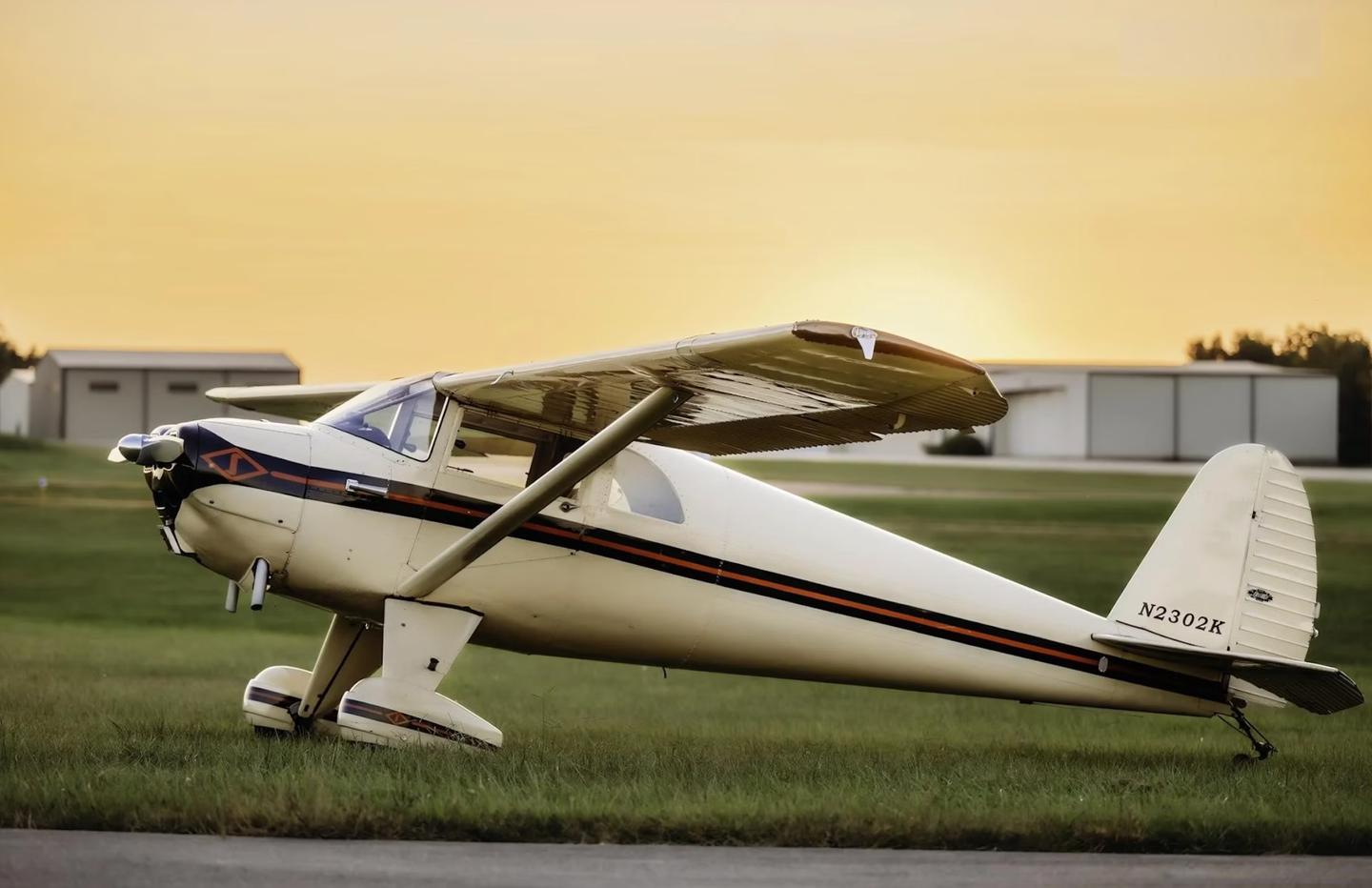
Subscribe to Our Newsletter
Get the latest Plane & Pilot Magazine stories delivered directly to your inbox

